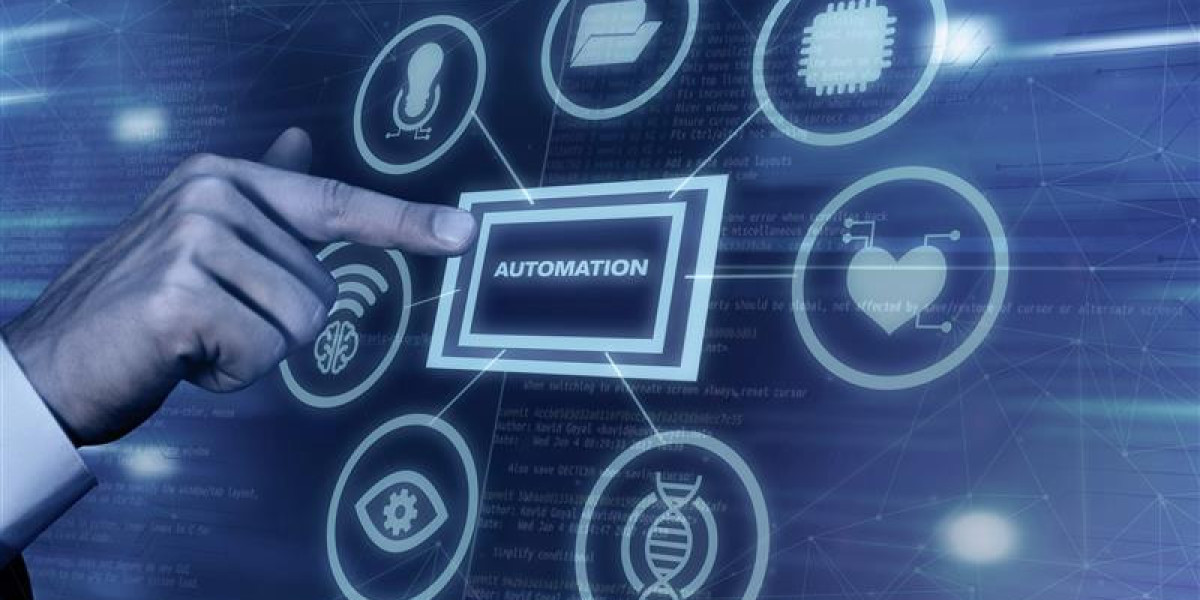The agricultural industry is undergoing a radical transformation. As global food demands increase and environmental challenges become more pressing, traditional farming methods are no longer sufficient. Enter Smart Farming, powered by the Internet of Things (IoT)—a digital revolution that’s changing how farmers manage crops, livestock, and equipment. At the heart of this evolution lies agriculture software development, which integrates sensors, cloud platforms, and automation tools to help farmers make better decisions, reduce waste, and improve yields.
This blog explores the complete landscape of smart farming using IoT, its benefits, challenges, technologies involved, and the future outlook for farming systems powered by intelligent software.
What is Smart Farming with IoT?
Smart Farming refers to the application of IoT technology, sensors, data analytics, and automation in agriculture to enhance productivity, efficiency, and sustainability.
Unlike conventional methods, smart farming allows real-time monitoring and decision-making using connected devices. The goal is to optimize inputs (like water, fertilizers, labor) and maximize outputs (crop yields, livestock health) while reducing environmental impact.
Key Features:
Real-time data collection and analysis
Remote monitoring and control of farm operations
Precision agriculture techniques (targeted irrigation, fertilization, etc.)
Integration with software platforms for predictive analytics and automation
Benefits of IoT in Smart Farming
Adopting IoT in agriculture delivers a host of tangible benefits that make farming smarter, leaner, and more profitable.
1. Enhanced Crop Management
Sensors track soil moisture, pH levels, and nutrient status to help determine the ideal time for planting and harvesting.
Climate sensors provide accurate weather forecasts to protect crops from unexpected frost, drought, or pests.
2. Water Usage Optimization
Smart irrigation systems use soil and weather data to deliver just the right amount of water, avoiding both under- and over-watering.
Reduces water waste and protects groundwater resources.
3. Improved Livestock Monitoring
Wearable sensors for cattle and other livestock track vital signs, movement, and behavior patterns.
Alerts farmers to issues like illness or injury before they become critical, improving animal welfare and reducing losses.
4. Predictive Analytics for Better Planning
Data from multiple sources is aggregated to forecast yields, plan crop rotations, and predict disease outbreaks.
Helps farmers make informed decisions and reduce the risk of crop failure.
5. Reduced Operational Costs
Automation tools and precise resource management reduce the need for manual labor and excessive input usage.
Drones and autonomous tractors can perform seeding, spraying, and harvesting tasks more efficiently.
Challenges in Implementing IoT in Agriculture
Despite the promise of smart farming, there are several challenges that must be addressed for widespread adoption.
1. High Initial Investment
Advanced sensors, automation tools, and connectivity infrastructure can be expensive for small- to mid-sized farms.
ROI takes time and may depend on factors like scale and crop type.
2. Connectivity in Rural Areas
Many farming regions suffer from poor internet connectivity, making real-time data transmission difficult.
5G and satellite internet may help, but these are still under development in remote zones.
3. Data Privacy and Security
With large volumes of data being collected, there’s a need for robust security protocols to protect sensitive farm and personal information.
Farmers may be concerned about third-party access or misuse of data.
4. Integration and Compatibility
IoT devices from different vendors often use non-standard protocols, leading to compatibility issues.
Unified platforms and open APIs are needed for seamless integration.
5. Technical Know-How
Many farmers lack the training or comfort with digital tools and analytics software.
There’s a growing need for user-friendly platforms and training resources.
Key Technologies Used in Smart Farming
Smart farming systems are made possible through a combination of cutting-edge technologies that work together in a connected ecosystem.
1. IoT Sensors
Deployed in fields and greenhouses to measure soil moisture, temperature, pH levels, and light intensity.
Animal health sensors track movement, heart rate, and feeding behavior.
2. Drones and UAVs
Capture aerial imagery to assess crop health, pest infestation, and irrigation patterns.
Used for spraying fertilizers and pesticides in a targeted manner.
3. GPS and GIS
Help in precision farming, enabling farmers to map their fields and monitor resource usage efficiently.
Real-time location tracking of equipment and livestock.
4. Cloud Computing
Stores vast amounts of farming data for easy access and collaboration.
Enables predictive analytics and remote control via agriculture software platforms.
5. Machine Learning and AI
Identify patterns in data to offer recommendations (e.g., best time to harvest).
Used for disease detection through image recognition and yield forecasting.
6. Robotics and Automation
Autonomous tractors and harvesters reduce labor dependency.
Robotic systems can weed, seed, and sort produce with high efficiency.
Use Cases of IoT in Smart Agriculture
Let’s take a look at some real-world applications of IoT-enabled agriculture software and hardware systems.
1. Precision Irrigation
Companies like CropX and Netafim offer smart irrigation solutions that adjust watering schedules based on real-time field conditions.
Saves up to 30-50% of water usage.
2. Livestock Health Management
Cow monitoring systems like Moocall or SCR Dairy detect signs of estrus, illness, or distress.
Improves breeding efficiency and reduces veterinary costs.
3. Smart Greenhouses
Greenhouse environments are automatically regulated for temperature, humidity, and light using IoT.
Leads to higher yield per square meter and better quality produce.
4. Supply Chain Transparency
Sensors and RFID tags track harvested crops during transport.
Maintains cold-chain integrity and ensures freshness upon delivery.
5. Pest and Disease Detection
AI-powered cameras and drones monitor plant health and alert farmers to pest infestations.
Allows for early treatment and minimizes chemical use.
The Role of Agriculture Software Development
Smart farming wouldn’t be possible without intelligent, responsive, and scalable software platforms. Agriculture software development is at the heart of integrating IoT devices, analyzing data, and delivering actionable insights to farmers.
Core Features of Smart Farming Software:
Dashboard visualization of sensor data
Real-time alerts and notifications
Remote control for irrigation or equipment
AI-based suggestions for crop and resource planning
Mobile access for monitoring on the go
In this context, the need for IoT product development becomes crucial. Building custom IoT software platforms that cater to specific farming needs—be it apple orchards in California or rice paddies in Asia—allows for tailored solutions that increase the chances of adoption and success.
The Future of IoT in Agriculture
Looking ahead, the synergy between IoT, AI, and robotics will push the boundaries of what’s possible in agriculture.
1. Autonomous Farming
Fully automated farms may soon handle planting, fertilizing, harvesting, and packaging without human intervention.
2. Edge Computing
Localized data processing on the farm will allow real-time decisions without relying on cloud latency.
3. Blockchain Integration
Supply chains will become more transparent, enabling traceability from seed to shelf.
4. Climate-Resilient Farming
Predictive models will help adapt farming practices to climate changes, improving long-term sustainability.
Conclusion
Smart farming powered by IoT is not just a technological innovation—it’s a necessity in today’s world where food security, environmental conservation, and efficiency are paramount. While challenges like cost and connectivity remain, advances in IoT product development, user-friendly software platforms, and training will pave the way for widespread adoption.
Farms of the future will be data-driven, automated, and highly responsive, capable of feeding a growing population sustainably. By embracing smart agriculture software development now, stakeholders can stay ahead of the curve and help cultivate a better future—both for farmers and for the planet.








